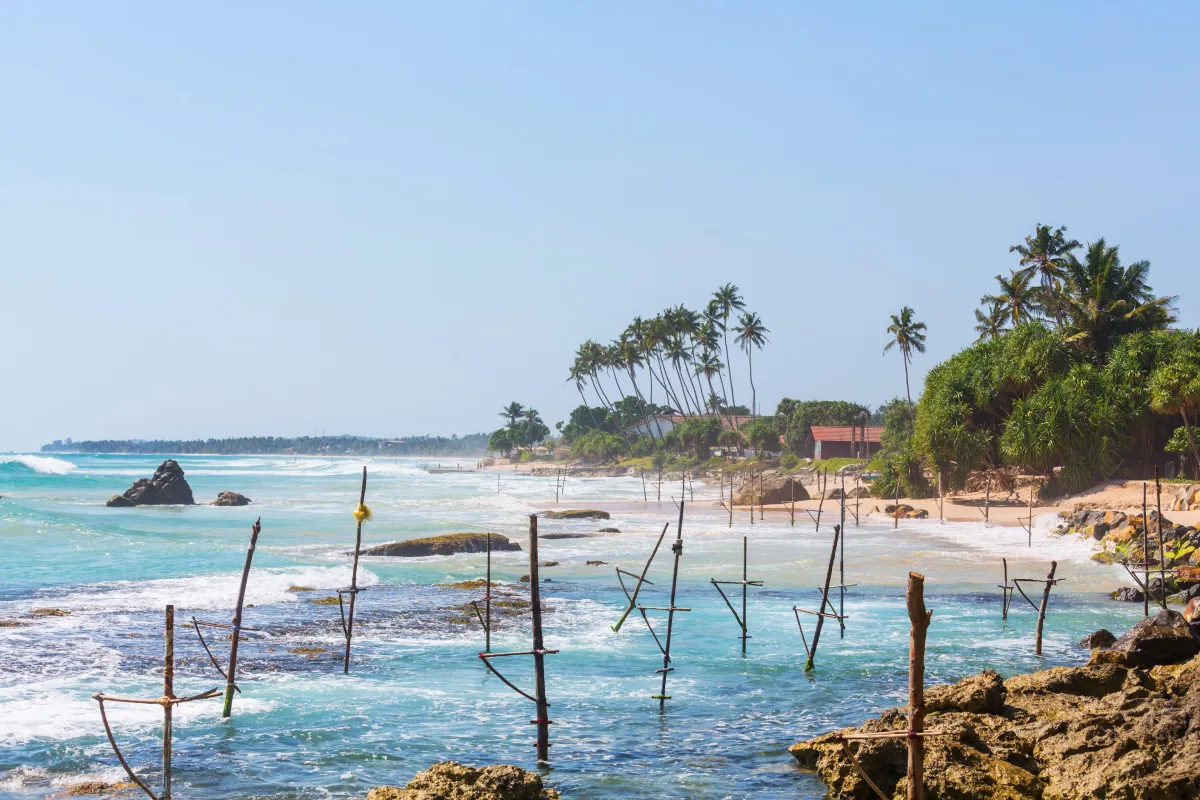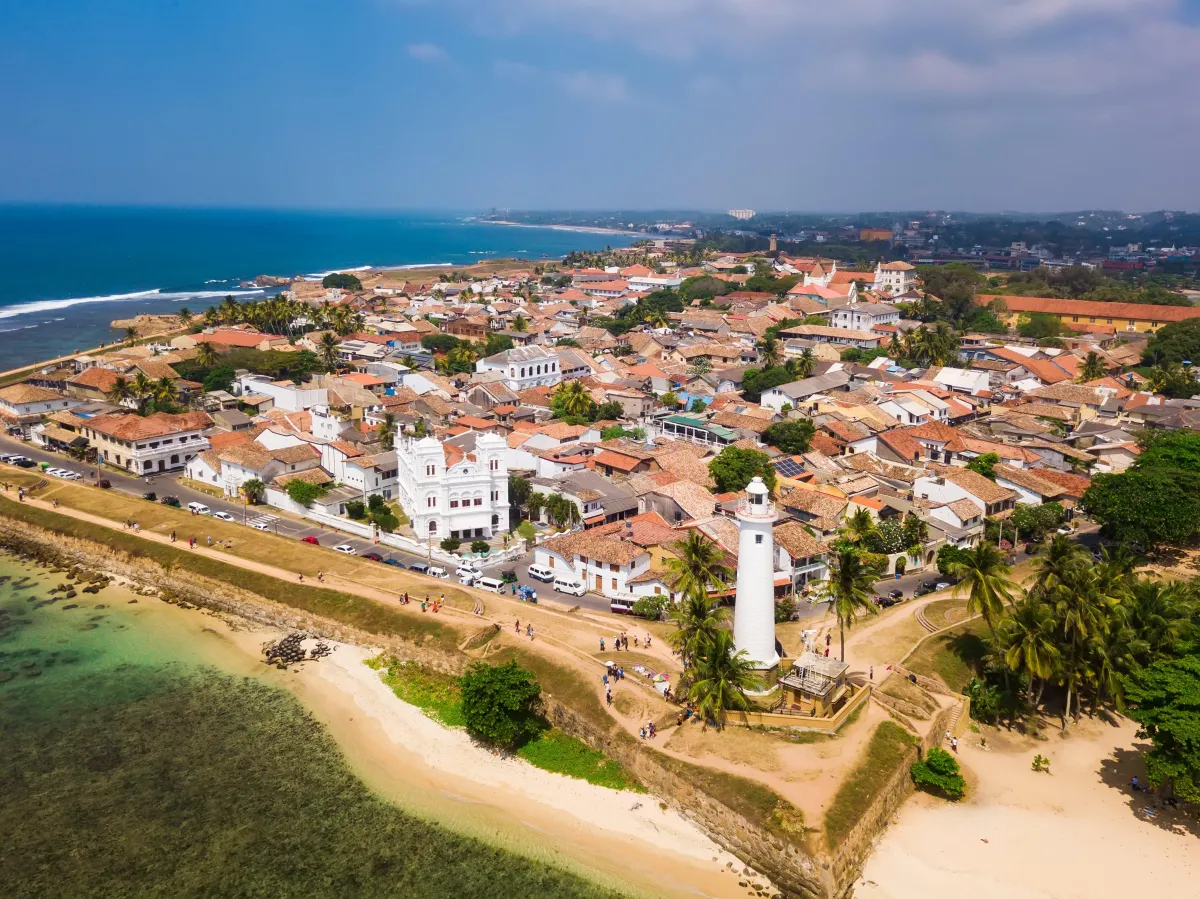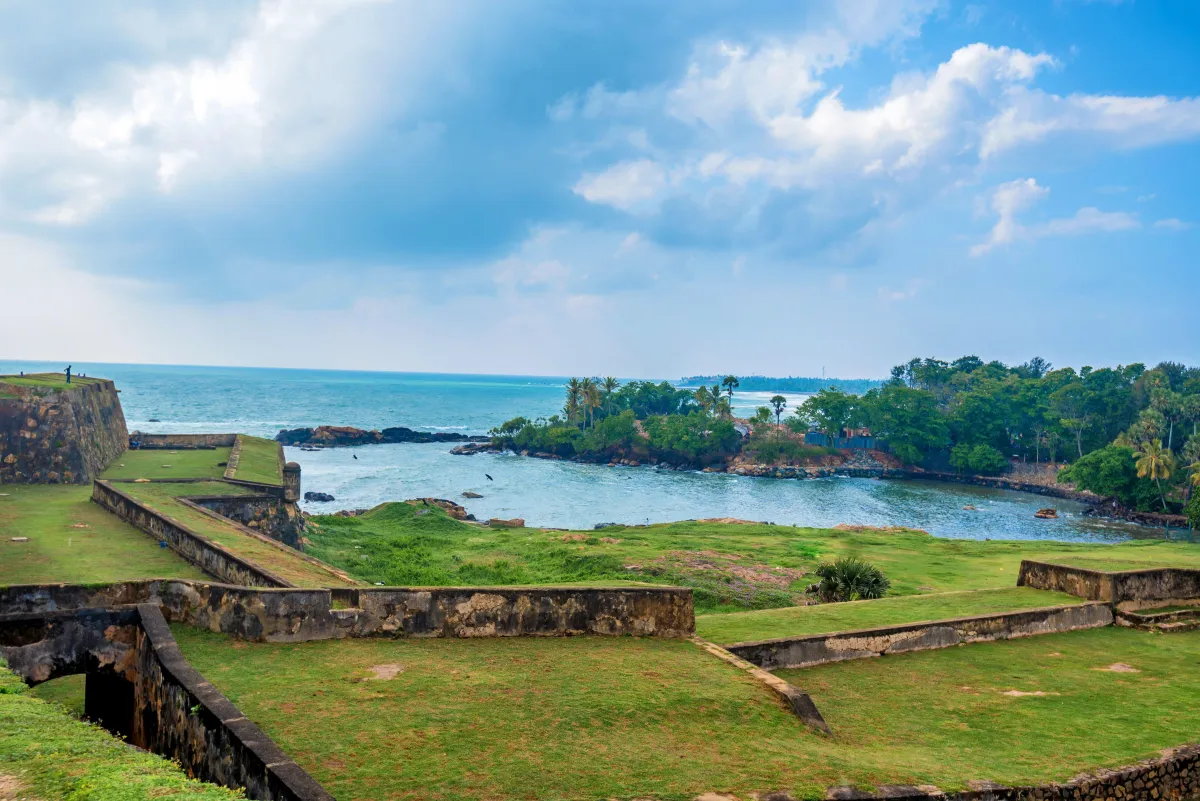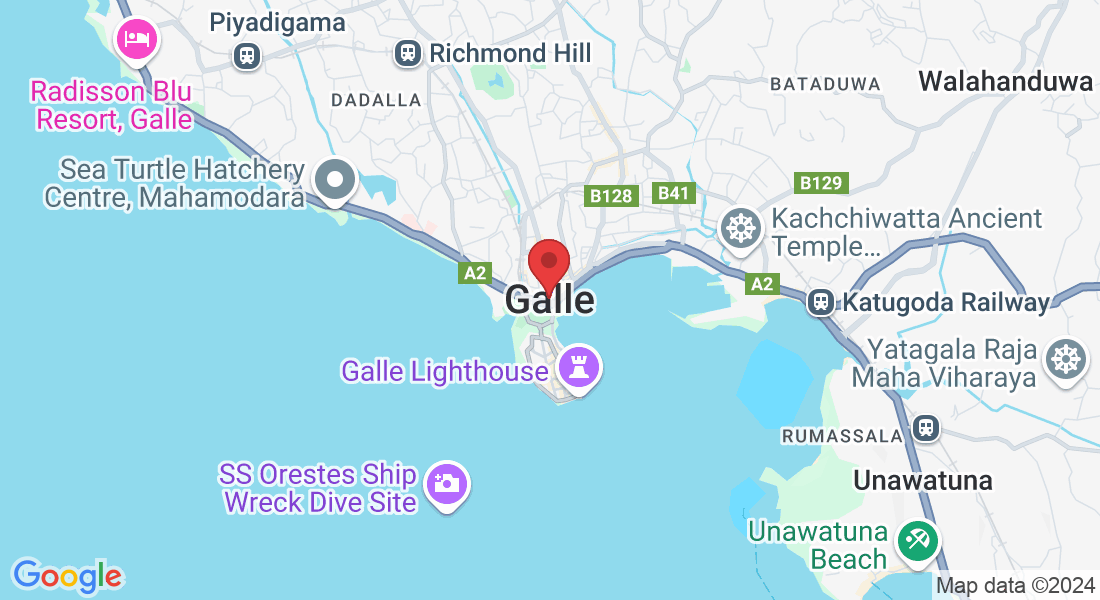Galle
Introduction
The port of Galle (pronounced 'gawl' in English, and 'gaae-le' in Sinhala), Sri Lanka's fourth biggest town, is 116 km south of Colombo. Galle is Sri Lanka's most historically interesting living city. Although Anuradhapura and Polonnaruwa are mouch older, they are effectively abandoned cities - the modern towns are quite divorced from the ancient ruins. Until the construction of breakwaters at Colombo habour in the late 19th century, Galle was the major port in Sri Lanka and still handles shipping - and cruising yachts. The southern coastal belt is the most popular among the tourists and comes to life mainly from October through April when the monsoon moves northeast and the sea becomes calm with blue skies.
Places to Visit
Dutch Fort
Portuguese built the first fort to withstand attack from the Sri Lankan kingdoms to the north. The Dutch entrance to the fort with it VOC with 1669 carved in the inner archway is still in use. Still there are many old Dutch buildings intact and, but unfortunately except for those in the private hands. The ramparts and the bastions still bring to life the old world.
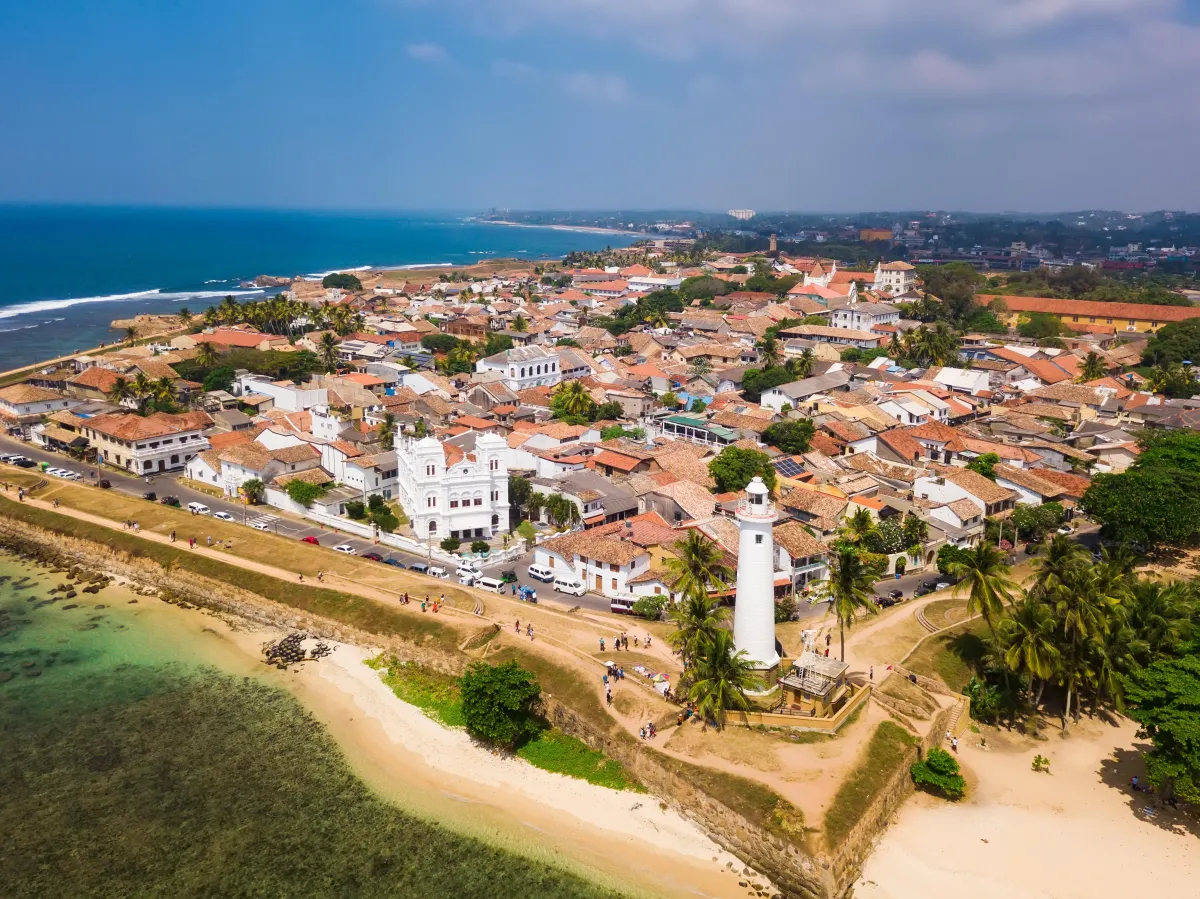
Dutch Reformed Church
Built by a Dutch Army officer at the site of a previous Portuguese church and completed in 1754 the church is situated close to the new entrance to the fort. The church contains record of marriages since 1748 and baptism from 1678. The other significant of the building id there are no pillars inside the building and the weight of the roof is supported by the walls.
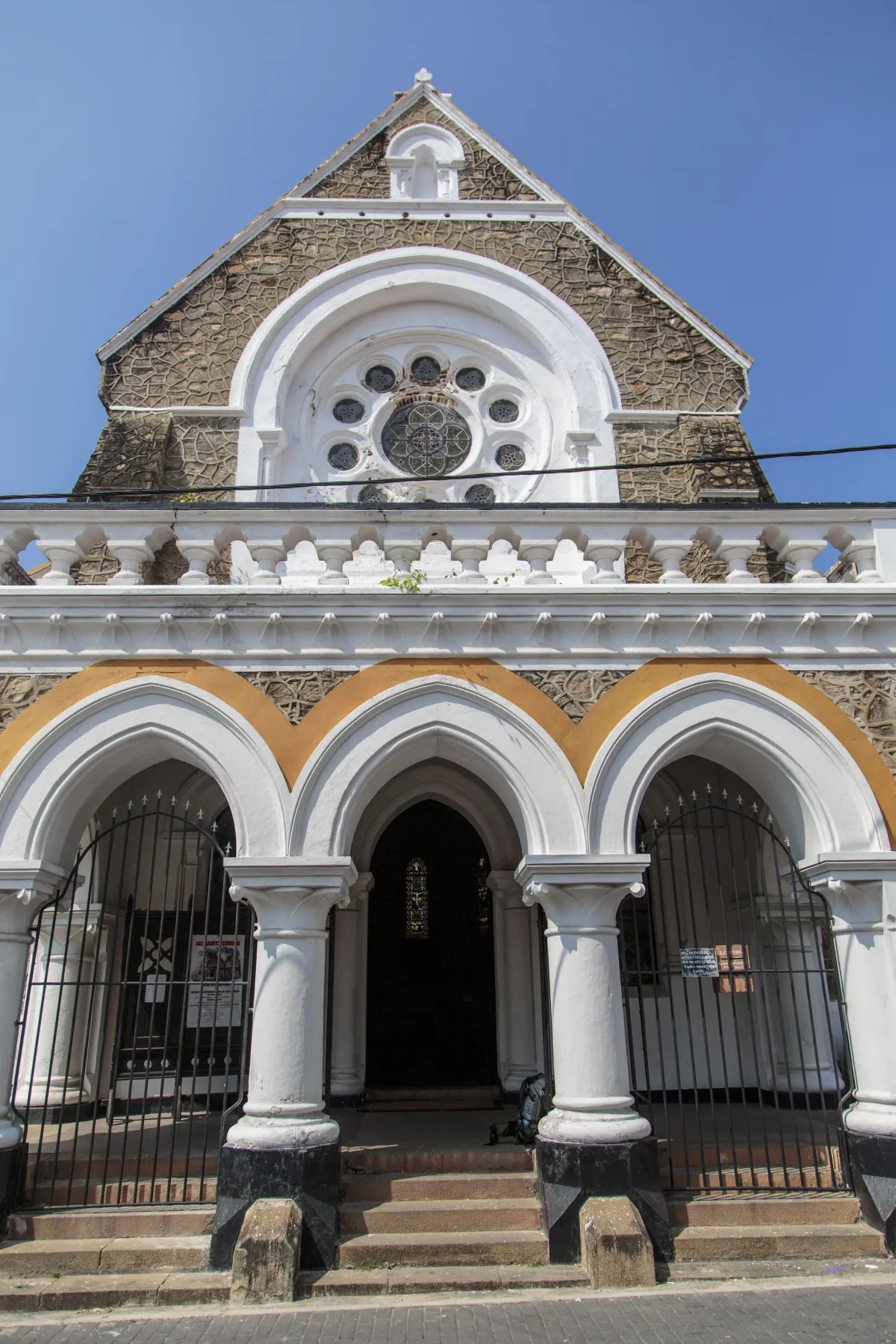
Dutch Museum
For a peep into life in the days of the Dutch East India Company, look into this small museum at 31 Leynbaan Street. Housed in a restored Dutch mansion of the time, it contains paintings, prints, documents, furniture and ceramics from the Dutch colonial era.
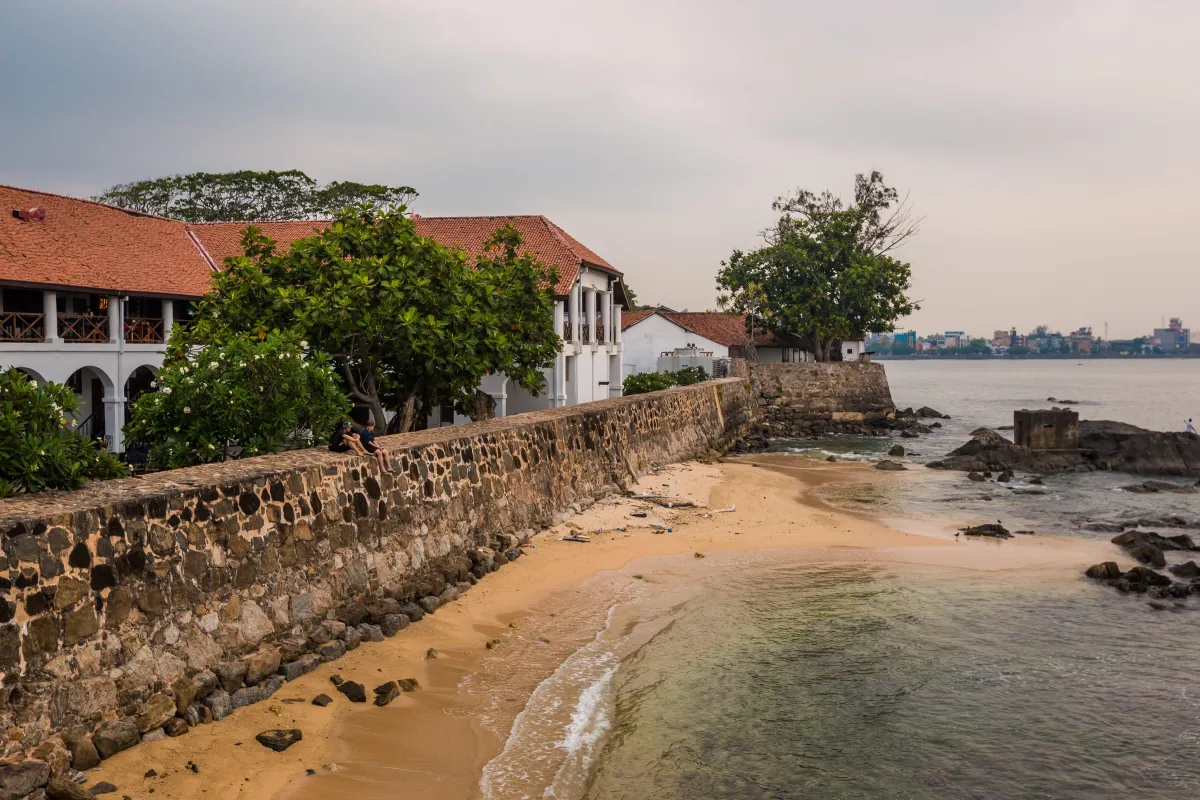
Ahangama / Midigama
Home to a unique type of fishing technique. Silt fishing is a popular fishing method in the area and a very beautiful scenery to watch especially during sunset. Ahangama is also a popular surfing location and relatively less crowded than the surfing location to the north Koggala.
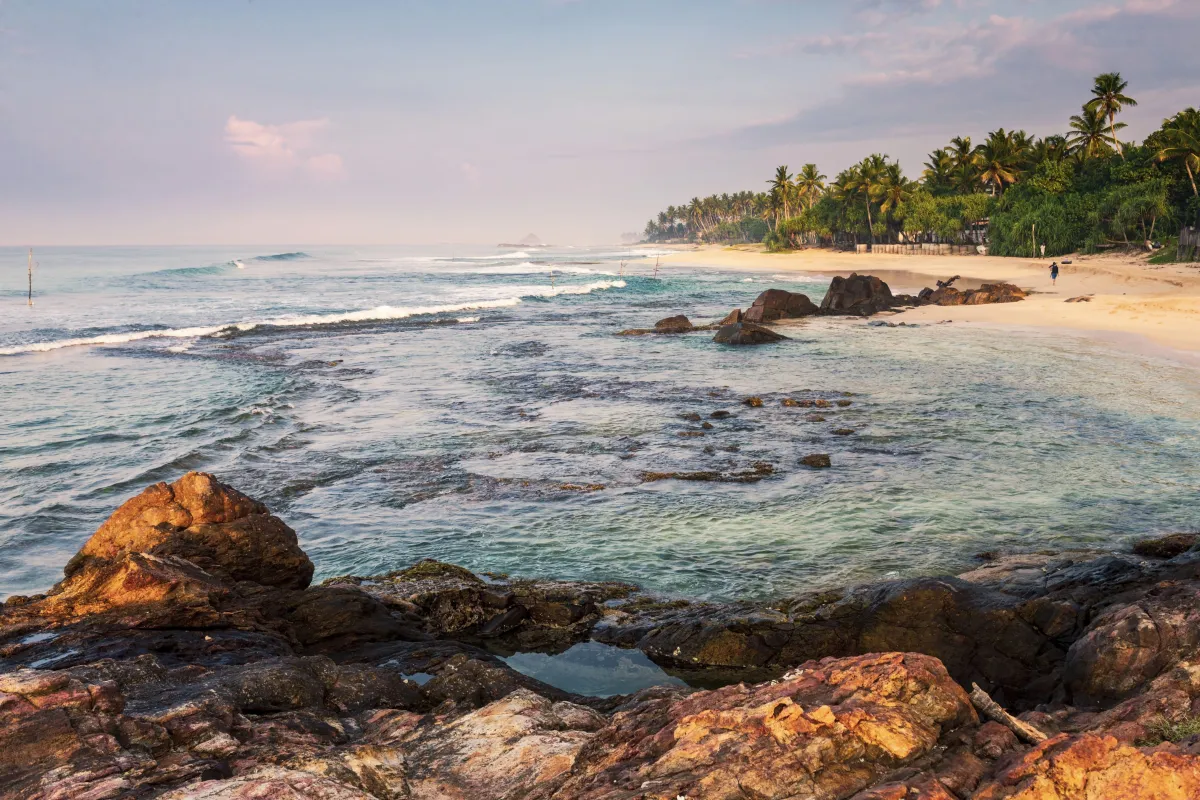
Koggala
Hometown of a famous local writer Martin Wickramasinghe. The museum of Folk, Art & Culture built in his honour at his old residence has an excellent display of local folk items. They include the costumes of folk dancers, sports items, household items and furniture and vast arena of the folk life of the early 20th century. Take a boat trip in the lagoon and Koggala Lake to see many of its small islands, which is a popular destination for bird watching.
